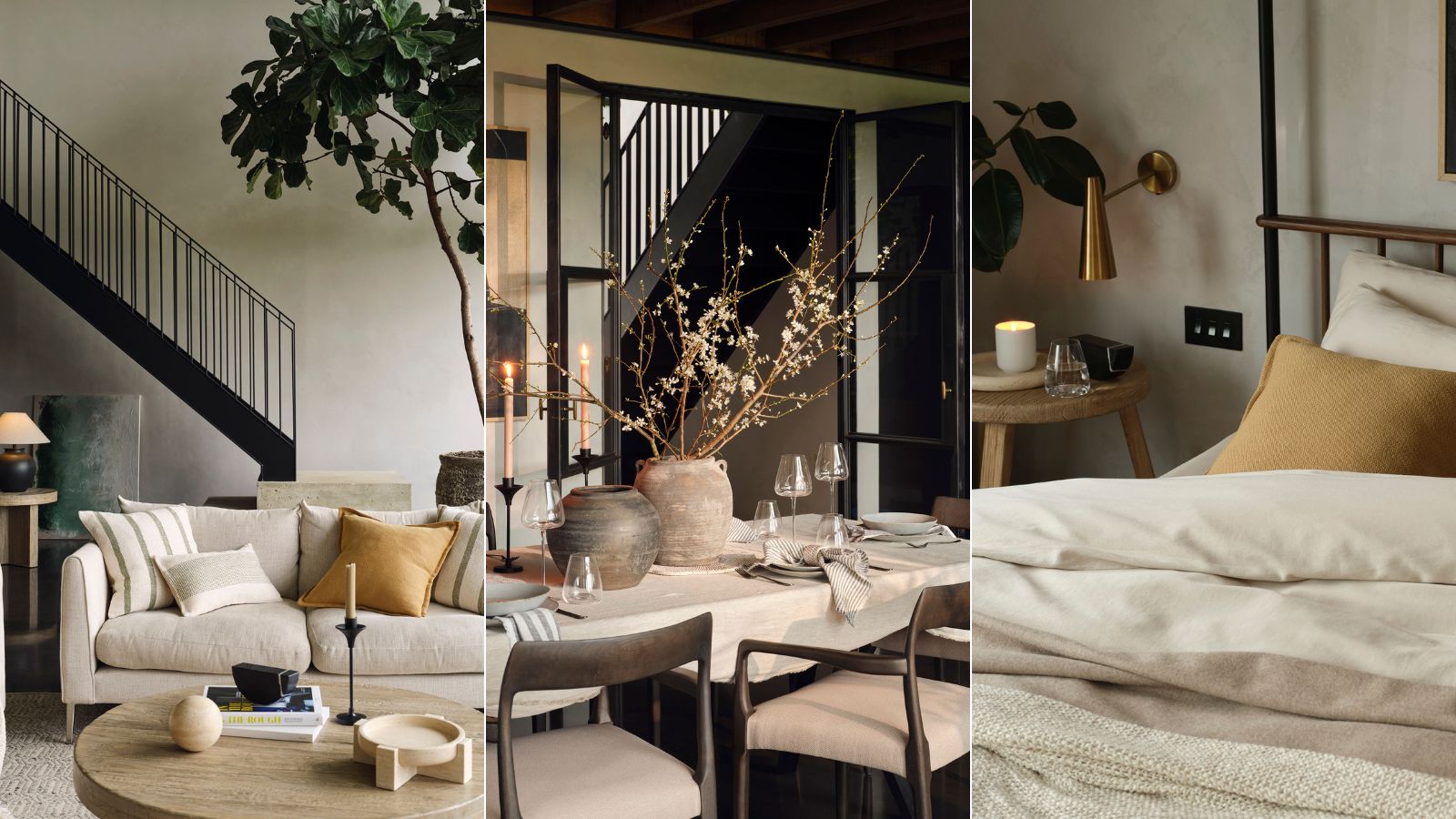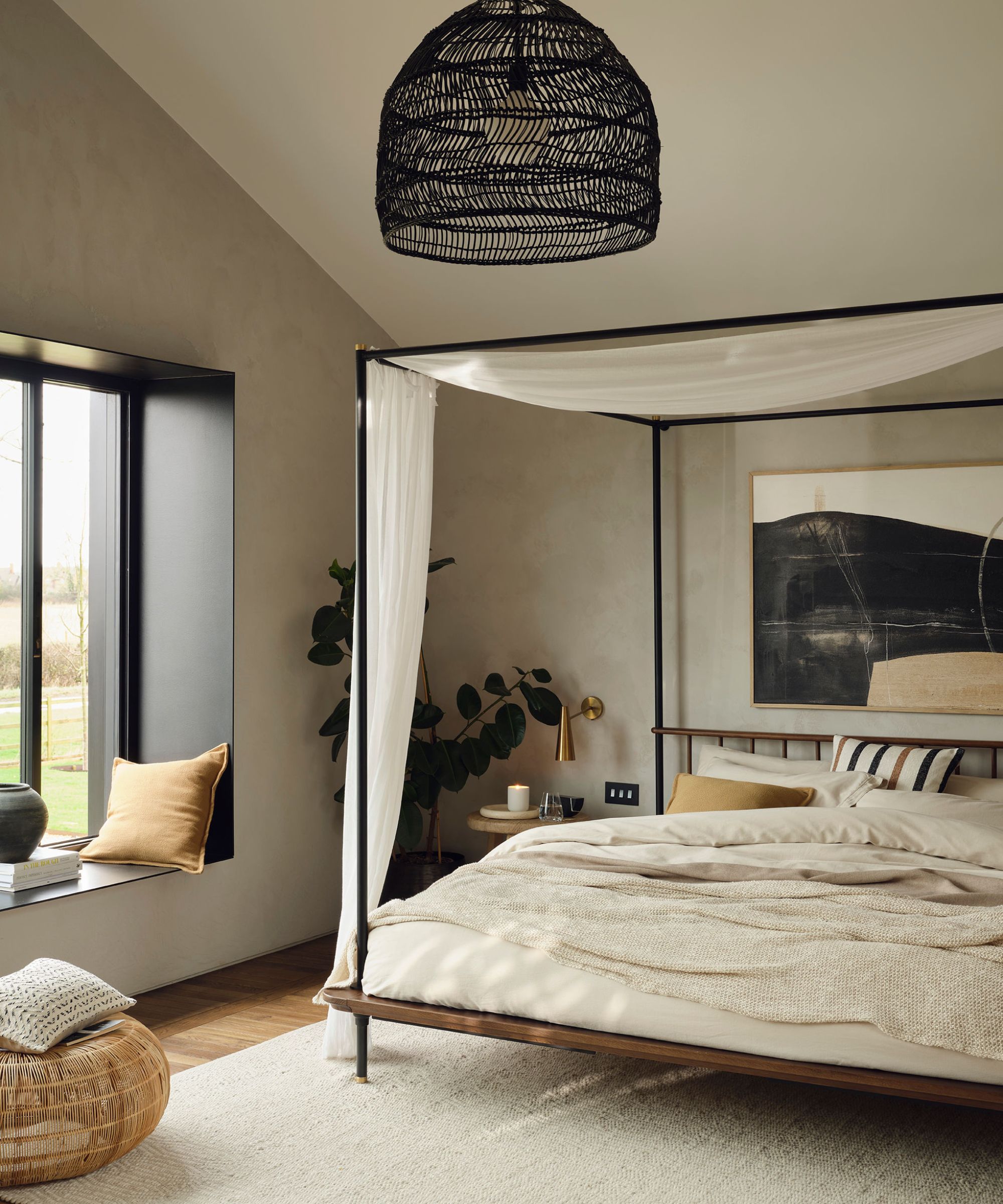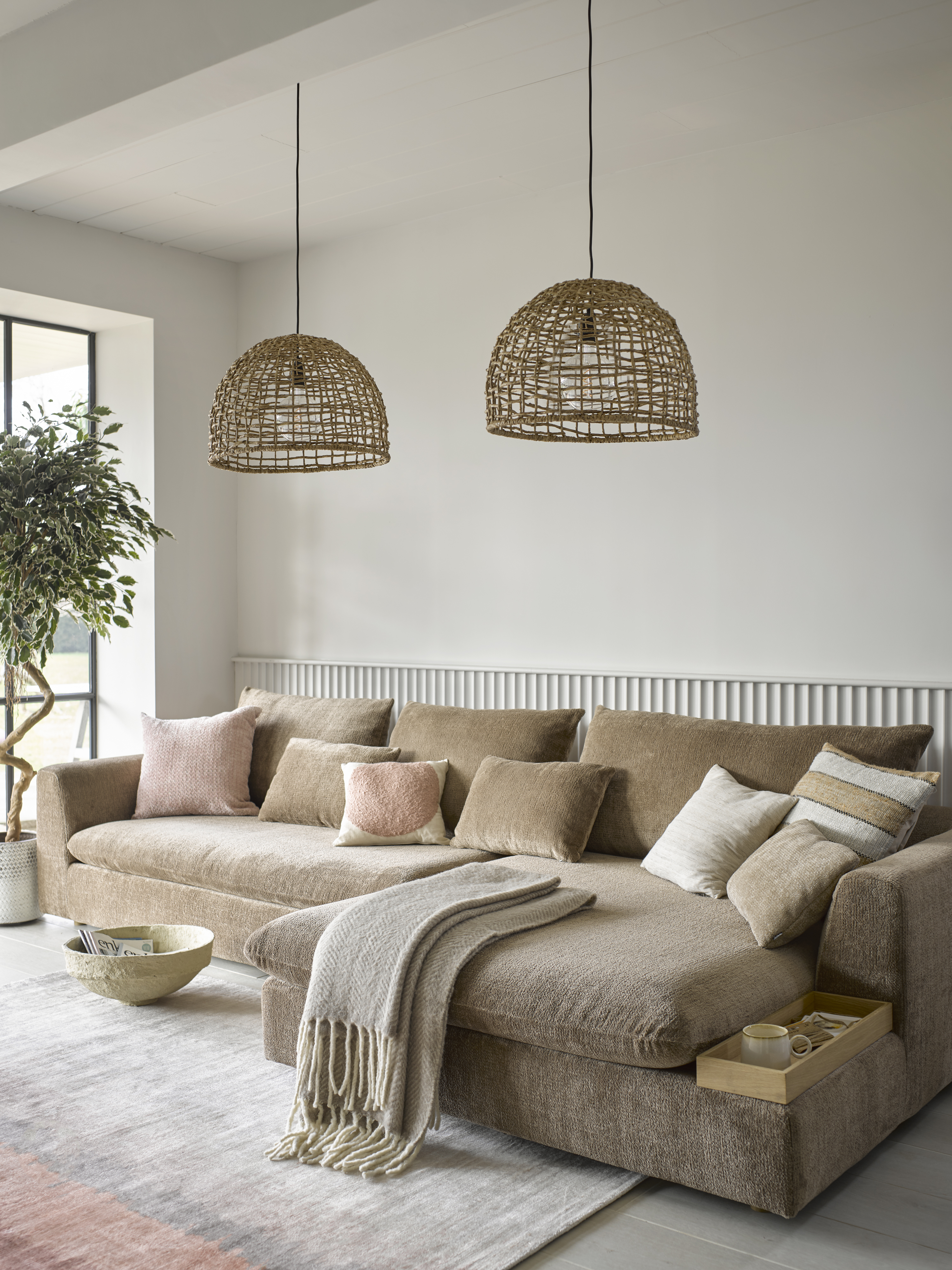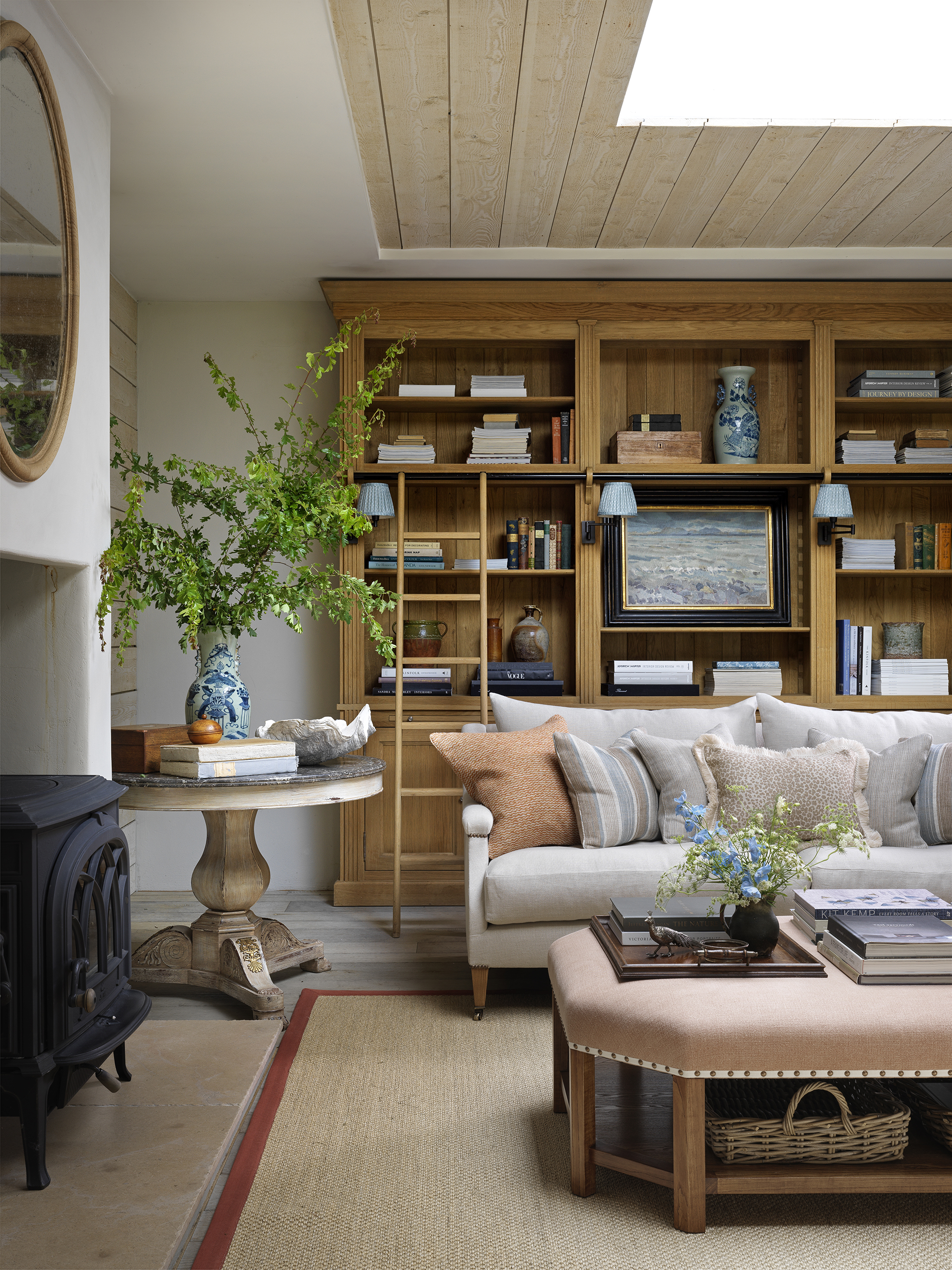Your home needs a digital detox, wellness experts urge – this is why
Foster healthier living habits with these five tips for a household digital detox


It is no secret that our constant use of technology at home impacts every aspect of our lives. While some are positive, such as the ability to wind down with a movie or keep organized, others can completely alter our sleep patterns and can even send our mental health into a spiral.
While completely cutting technology out of our homes is impossible, wellness experts suggest that creating tech-free zones for a digital detox can be enough to have a profound impact on your mood and your health
This is how to create tech-free zones at home and why your home needs a digital detox before it’s too late.
Why you need a digital detox at home
When we talk about digital detoxes we are not, of course, talking about removing all of your kitchen appliances or stripping out your smart-home must-haves. More often than not, these pieces of tech are essential to the everyday running of our homes.
Rather, it is about removing unnecessary technology that distracts us or makes us feel overwhelmed to help our mental health, improve our relationships and connections with those we live with, and help us to sleep better – improving our physical health too. These are the five easiest ways to nurture these helpful habits.
1. Check in with your tech usage

‘My first tip is to check in on your habits to figure out when and where you tend to be most tempted to engage with your smartphone or other personal technology,’ begins Kiana Reeves, natural wellness expert and chief education officer at Foria. ‘Perhaps it's at the dinner table, while you’re with your loved ones getting ready for bed, or even while you’re cozying up for movie night. Focus on whether technology is hindering you from achieving maximum well-being.
‘By performing this quick environmental scan, you can assess what your priorities are for the detox and which areas of your home/life might be most in need of this practice.’
Design expertise in your inbox – from inspiring decorating ideas and beautiful celebrity homes to practical gardening advice and shopping round-ups.
2. Designate tech-free rooms – such as the bedroom

It is no secret that, done well, interior design can impact your well-being. As such, it can be healthy to create boundaries throughout your space that designate tech-free areas, such as your bedroom, a wellness bathroom, or dining room, suggests Sarah Jeffries, a mental health first aid trainer.
Leaving all distracting tech on the other side of the door will help to make these spaces more inviting, help to foster deeper connections with the people we share these spaces with, and improve our mental well-being – not to mention that it will give your eyes time to rest between screen usage.
This means no phones, TVs, or tablets in these areas. However, you might want to put in a smart speaker, sound machine for bedroom soundscapes, or another music device that doesn't rely on your phone to provide some auditory simulation if you don't find complete silence soothing.
3. Nominate ‘people’ time

Much like trying to set up a better work-life balance at home, it can be helpful to designate some boundaries for when and where you use tech. While one way to do this is with physical barriers, such as the confines of a room, you might want to use timed cut-offs:
‘What people are grateful for above all else is each other. So, the best thing you can do to create a tech-free space in your home is to make it comfortable and accessible for people to gather and do things they enjoy together or on their own in a group,’ suggests Mitzi Campbell, transformational teacher and Founder of Blessons. ‘Establish that there will be "tech time" and "people time." Labeling and participating in identifiable “people time” creates a mindset that moves toward connection.
‘This connection can be with the self, others, or a combination, but the goal is human, not machine. It’s easy to do this after your last meal of the day. Reserve evenings for people time – this also sets you up for great sleep,’ she says.
4. Fill rooms with healthier distractions

One of the easiest ways to do a digital detox is to replace your tech with another analog hobby so you are not left twiddling your thumbs with an itch to scroll through social media again. Adding is just as important as taking away when fostering healthy habits.
To do this, Sarah Jeffries, mental health first aid trainer, recommends stocking these tech-free zones with items for otherwise undirected attention, such as books, journals, art supplies, or a musical instrument (if your space allows).’ These will help create a cozy nook that you feel comfortable relaxing into.
‘Not only will the presence of these distraction alternatives dissuade you from connecting with your digital devices, but they’ll also encourage new arts and hobbies and other ways to enrich your sense of good feelings and meaning,’ Sarah explains.
5. Create a catch-all for tech

Your home organizing ideas can also help promote a lifestyle less dependent on tech, a natural wellness expert Kiana Reeves, points out. Instead of keeping chargers in every room ready to save a dying phone or tablet, she recommends keeping a charging pad or catch-all for tech in just one area, such as the entryway or kitchen, so you can easily drop tech and other essentials, keeping them together and out of easy reach.
‘Bonus points if the station also charges your phone,’ she adds. 'That way, you won’t be as likely to hop back onto it the second you walk in the door.’
FAQs
What are the downsides of a digital detox?
In a world so dependent on technology, there can be some downsides to a digital detox. For some people, being disconnected can be impractical, especially if their hobbies rely on tech or they use technology to stay organized. What’s more, people rely on phones and other technology to feel connected to people they love, meaning a complete cutback on usage can leave them feeling isolated. As such, it is important to strike a healthy balance and avoid working to extremes for smaller improvements that make a more meaningful impact.
When setting up a digital detox in your home, remember that it doesn’t have to be all or nothing, urges natural wellness expert, Kiana Reeves. The rules can change from room to room, person to person – it is about finding a healthy balance. ‘Setting hard and fast rules can create more stress than it’s worth,’ she warns.
Then, start slow – ‘whether you’re embracing a specific practice like “no phones in bed” or setting a goal to read from a paperback book instead of your e-reader, small changes can add up to have a much larger impact on your overall wellness than you might realize,’ Kiana concludes.

Chiana has been at Homes & Gardens for two years and is our resident 'queen' of non-toxic living. She spends most of her time producing content for the Solved section of the website, helping readers get the most out of their homes through clever decluttering, cleaning, and tidying tips. She was named one of Fixr's top home improvement journalists in 2024.